Rattan and seagrass are popular materials for making wholesale home accent. Despite being all natural and eco-friendly, they feature different properties which require different production processes. Continue reading to learn differences between rattan vs seagrass!
Is Rattan The Same As Seagrass?
First, let’s talk about some similarities which rattan vs seagrass have in common. These materials are natural, flexible plants that you can easily find in Vietnam and Southeast Asia region. Both of them are eco-friendly and biodegradable. In the handicrafts production, rattan vs seagrass are all considered as “wicker”, and need to be dried before the weaving stage.
Generally, rattan and seagrass have good color fastness – it means that they can be dyed, painted, and color-washed to become visually appealing for decorative purposes. However, if placed in a humid environment, the products are prone to fading over time. That’s why they require careful uses and preservation for a longer lifetime.
With earthy tones and woven textures, rattan vs seagrass have been widely used in Vietnam to produce a variety of wholesale home accent that create suitable touches to any space.
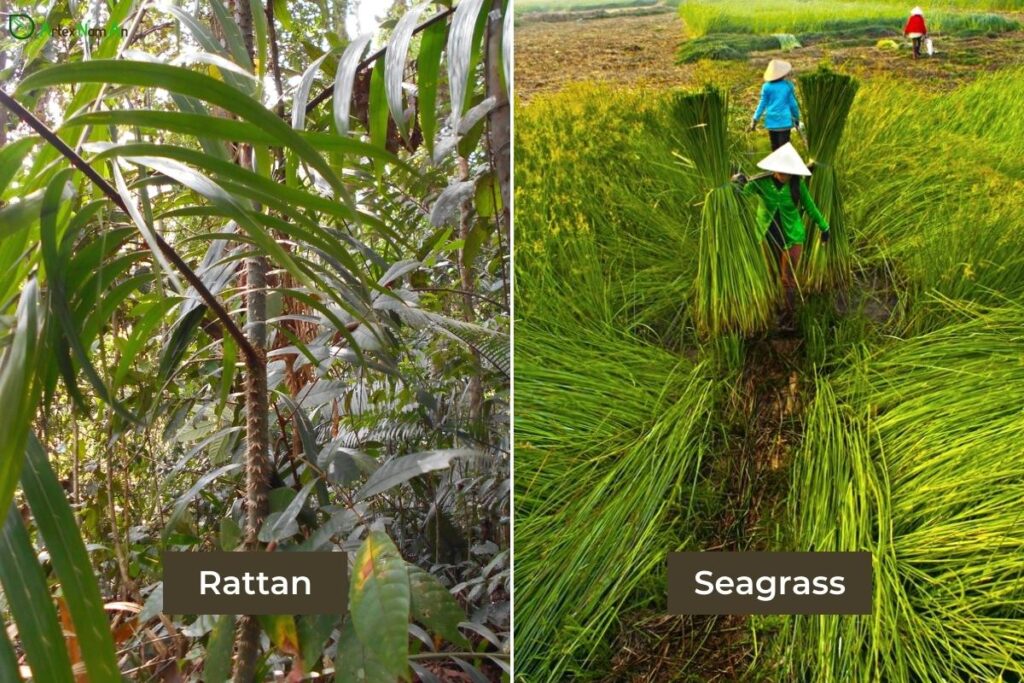

Differences Between Rattan vs Seagrass?
Despite the fact that rattan vs seagrass derive from plants and share similar characteristics, there are several significant differences that make it easier for us to identify them distinctly.
Natural structure
Rattan possesses a rigid cane which the locals often cannot utilize it right after harvest. Many rattan canes need to go through a complex process so that producers will get different intermediate products (rattan core & rattan peel) for making wholesale home accent.
Meanwhile, seagrass material has a thin, pliable stem which is much easier for local people to harvest and use for making handicrafts. To be specific, they can split or use the stem (as a whole) for manually weaving into products. This plant does not take producers much effort in the processing stage.
Weaving styles
Seagrass has a supple and soft nature, so the locals develop many weaving styles and patterns with seagrass. Several seagrass weaving styles should entail the combination with metal frames to provide more sturdiness for the products. Compared to seagrass, there are less weaving options for robust rattan, and it is not always essential to have the support of a metal frame for all rattan products.
Hardness
In general, rattan is physically stronger than seagrass, allowing craftsmen to weave them without having to use iron frames. However, rattan perhaps turns more brittle than seagrass, especially in the form of split rattan core strands for weaving. They can get broken if affected by strong force or by long rain/sun exposure.
In such conditions or with high humidity, seagrass are still liable to bursting too. Seagrass features more flexible and soft stems; thus, people commonly use iron frames to help woven products get sturdy and in great shape.


Resistance to mold
The hydrophobic nature will make seagrass material have mold developed if exposed to excessive humidity. Rattan is also susceptible to mold and mildew growth but at a lower level than seagrass. These materials both should be stored in a dry, well-ventilated place to prevent mold invasion.
Resistance to pest attack
Due to its high starch content, rattan canes are more susceptible to pest and insect attack than seagrass. Defects caused by fungi and insects will in turn make structural and aesthetic quality. Therefore, rattan has to be specially treated such as oil-curing to remove the starch content in this cane in the processing stage. Meanwhile, seagrass is normally not affected by insects – this is probably a plus point of this material.
Applications
Rattan is more applied in the production of furniture and outdoor homewares more than seagrass, such as tables, chairs, doors, etc. Asides from that, components such as rattan core or rattan peel are still used to create wholesale home accent such as baskets, planters, and lampshades for indoor use.
Softer than rattan, seagrass material is less used in furniture production, but mainly for crafting into popular wholesale home accent, namely baskets, indoor planters, trays, lights, etc.
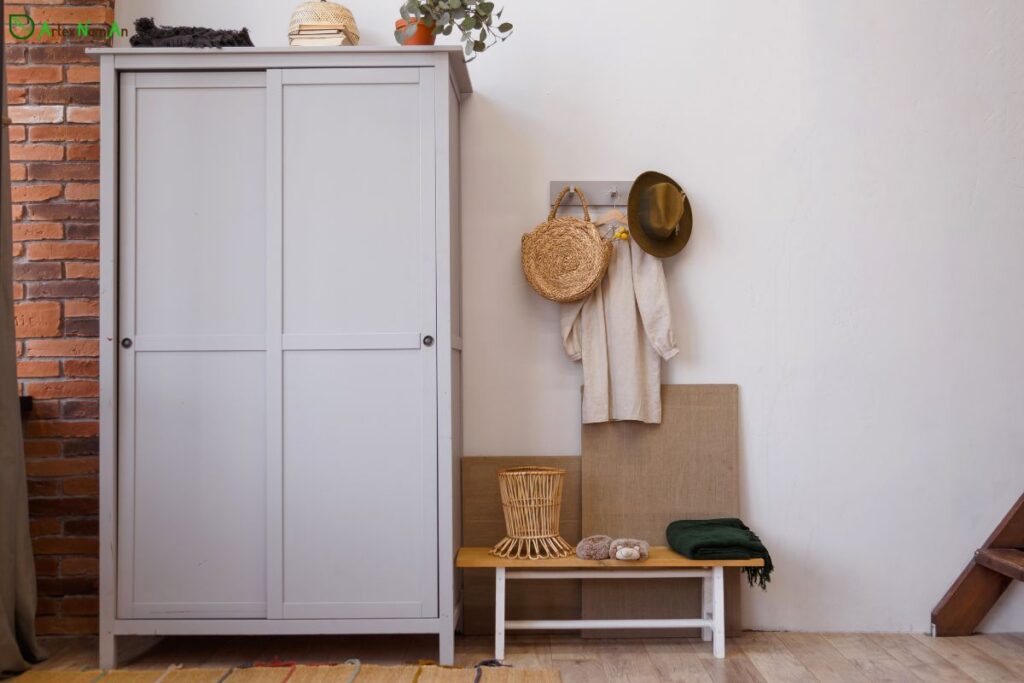

Grab the information below about Rattan vs Seagrass differences!
| Criteria | Rattan | Seagrass |
| Natural structure | robust, flexible, and light | smooth and flexible than rattan |
| Weaving style | less options, most do not require a metal frame for support. | more options, some needing the use of metal frames to become sturdier |
| Hardness | physically harder than seagrass; can get brittle and break | softer and more flexible than rattan; less likely to break with a severe impact |
| Resistance to mold | less susceptible to mold | more susceptible to mold |
| Resistance to insect attack | can be affected by pests and insects if not processed well | normally not impacted by pests and insects |
| Applications | chairs, tables, baskets, lampshades, wholesale home accent, etc | lampshades, trays, planters, baskets, wholesale home accent, etc |
What Is Rattan Wicker For Wholesale Home Accent?
Where does rattan usually grow?
Rattan grows commonly in tropical and subtropical forests in Asia and Africa, especially in Southeast Asia countries such as Indonesia, Malaysia, Philippines, Thailand, Vietnam and Laos. In Vietnam, you could find over 30 rattan species – mainly growing in the Northern, Central Highlands and Southern provinces. Currently, there are over 700 craft villages of processing rattan, mostly in Dong Nai, Binh Dinh, Quang Nam, Ha Nam, Thai Binh, and Hanoi.
What are the characteristics of rattan?
Rattan is a natural, flexible material which can be transformed into many wholesale home accent, including furniture. It is known for solid, supple bodies with beautiful glossy surface. However, rattan can lose its strength, rot, mildew, or smell terrible if getting wet or exposed to intense heat. Besides, rattan wicker is easily susceptible to pests, which can degrade quality over time.
Rattan species differ in dimension, appearance, hardness, climatic and soil preferences; even with the same species, the quality varies by region and harvesting time.


How to make rattan baskets & wholesale home accent?
Rattan is a weaving material which has to go through many complex processing stages to create the finished product. The rattan material will be harvested by local people, then initially treated with oil or hot-steamed to prevent the attack of fungi and insects. In the secondary processing, rattan will be peeled, polished and graded for the next stage. At the final stage, rattan will often go through some stages from bending, docking, drilling, binding to finishing to become functional furniture.
Learn more: How Versatile Rattan Is In Home Industry
What is rattan used for?
Owning high flexibility, rattan has long been a cornerstone in the development of various sorts of indoor and outdoor homewares such as rattan home accessories, rattan baskets wholesale, etc. With earthy hues and naturally unique texture, rattan is a good fit to various decor spaces where it is applied.
Though sturdy and resilient, natural rattan furniture and homewares shouldn’t be utilized outside all the time since long-time exposure to outdoor moisture and heat will make the material brittle and breakable.
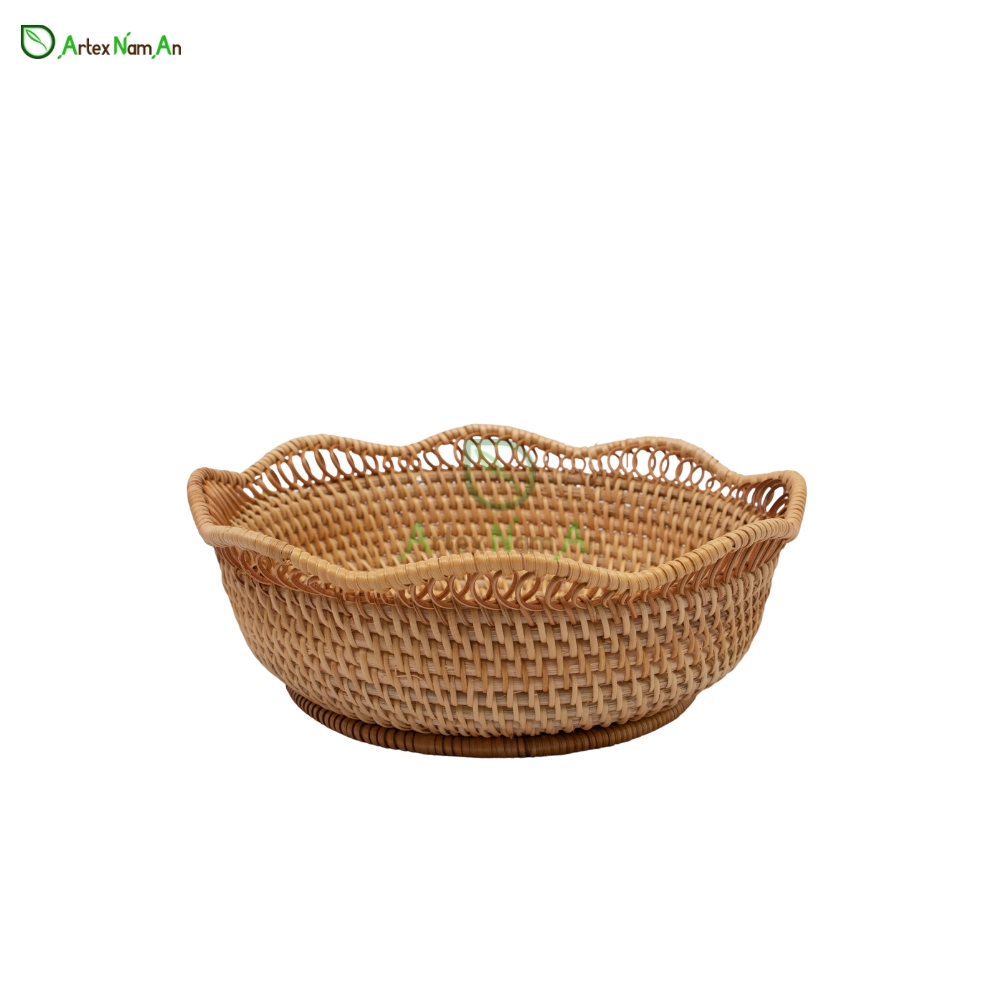

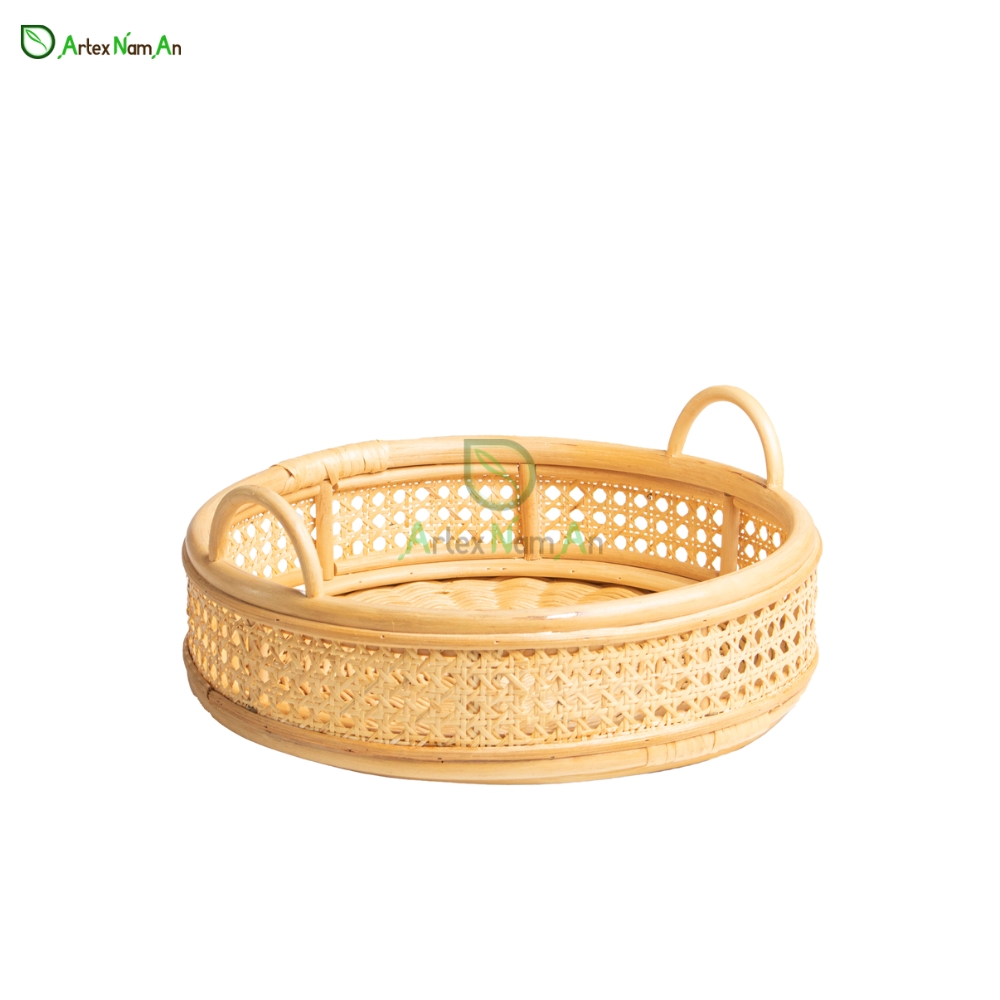



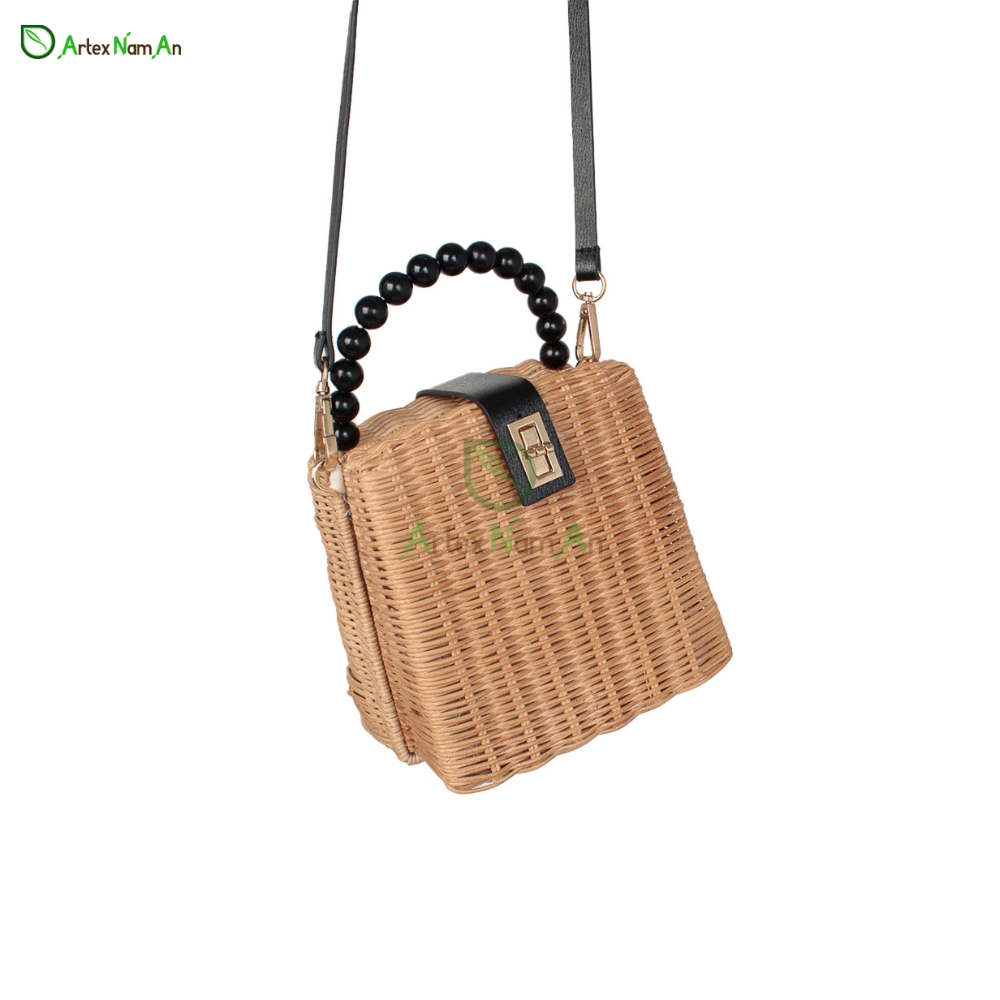

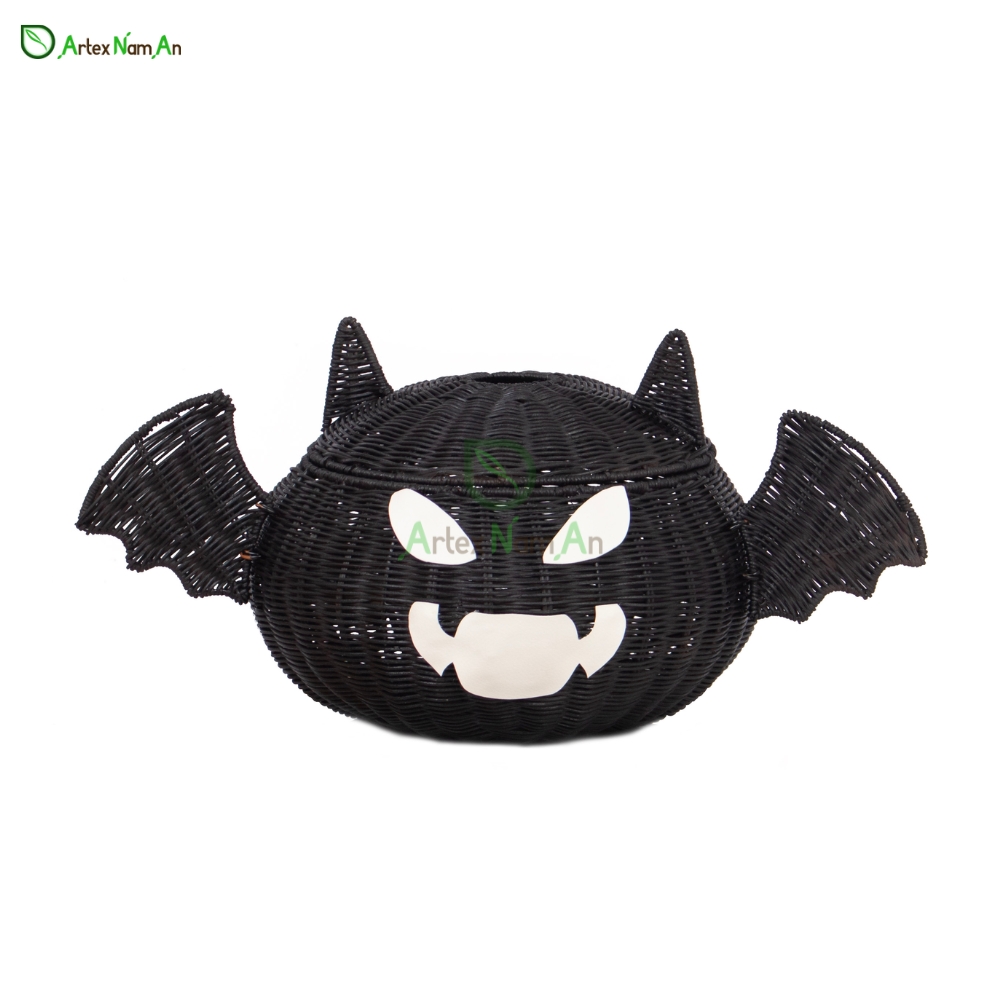

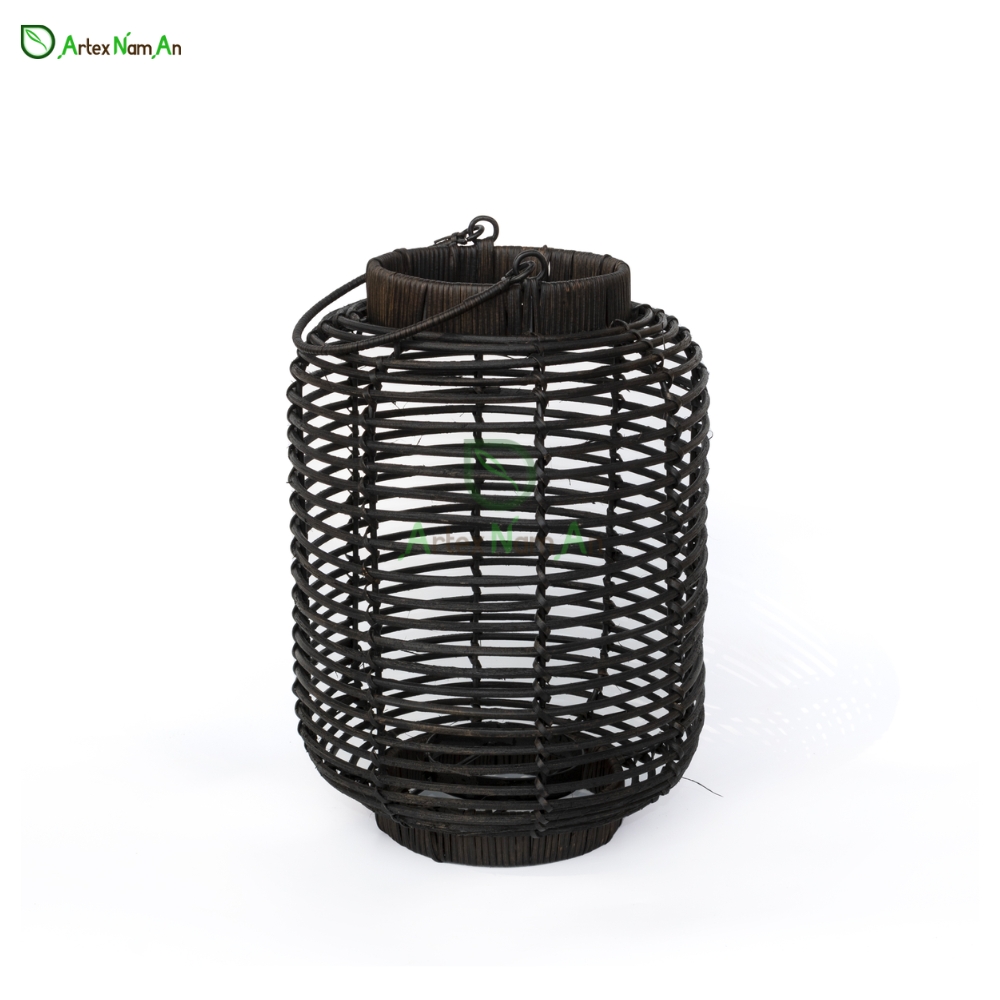



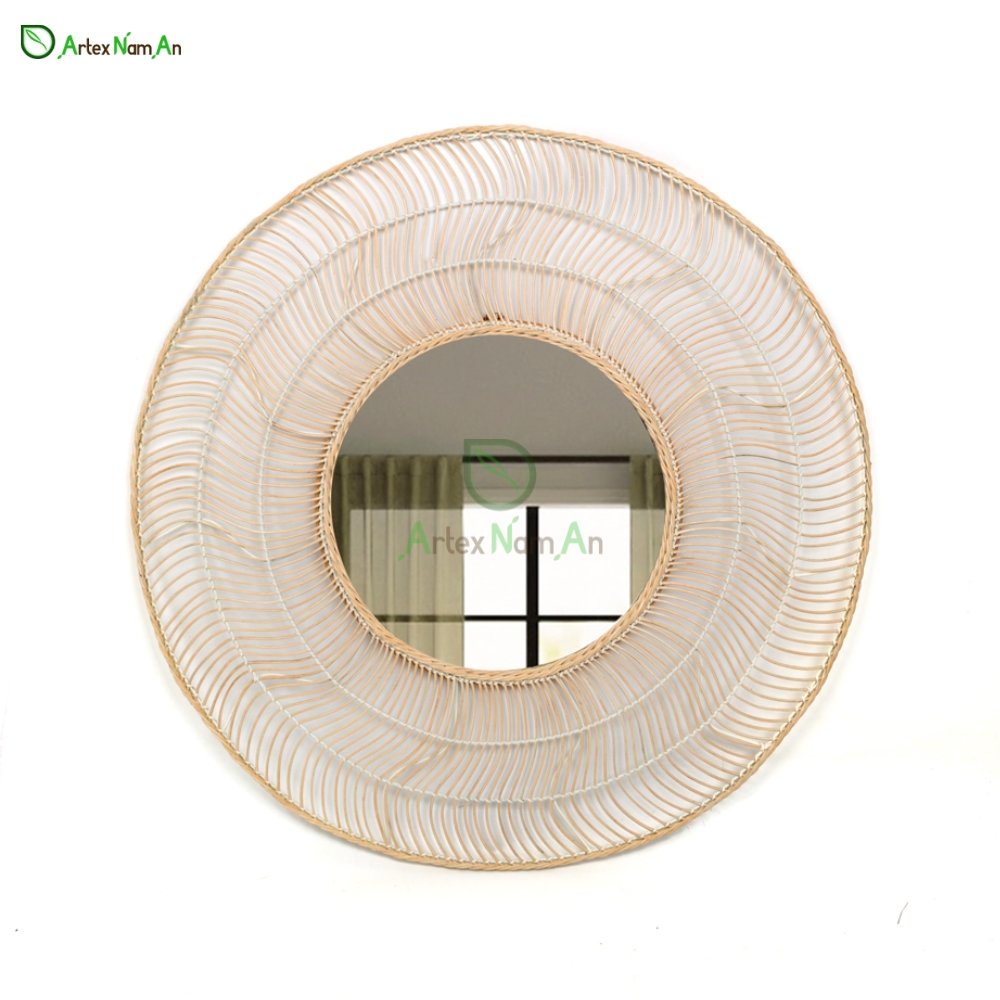

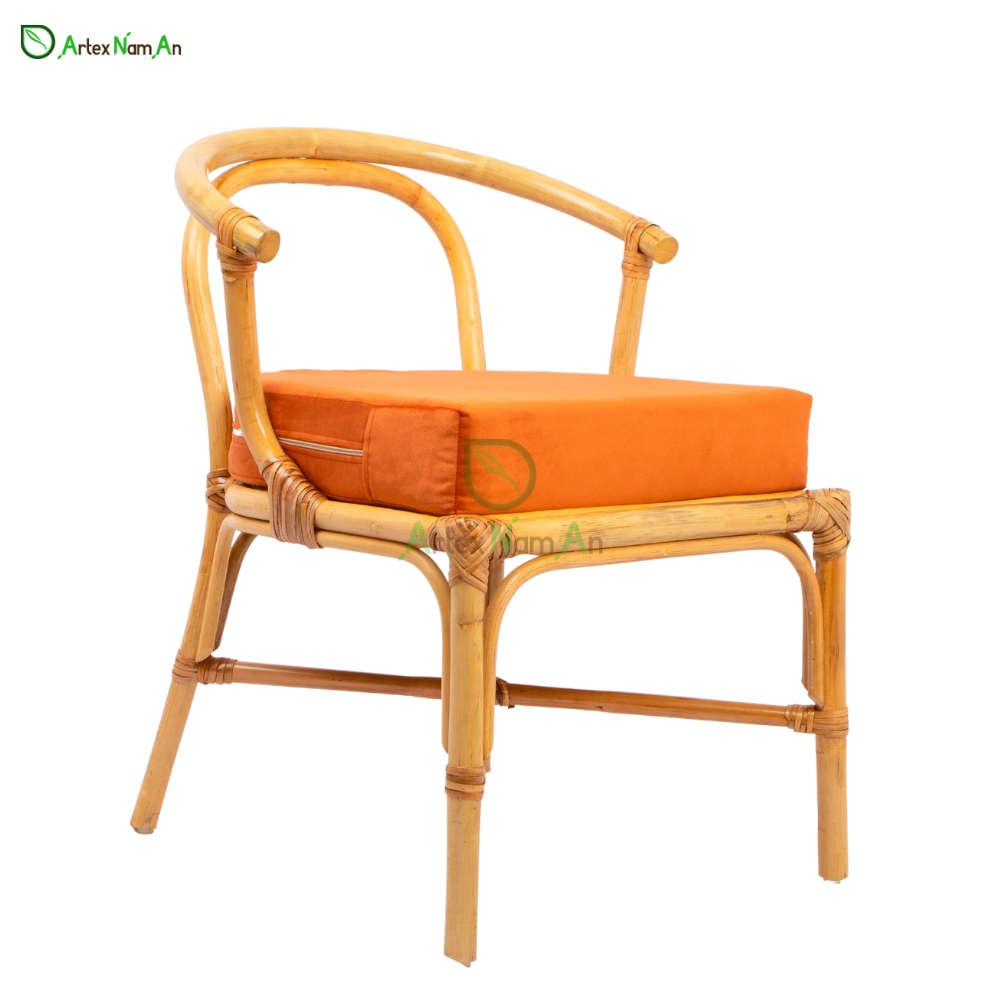

What Is Seagrass Wicker For Wholesale Home Accent?
Where is seagrass grown?
The majority of seagrass material can be found in Southeast Asia and South Asia, particularly in the field with brackish, salty water. Seagrass has thrived in Vietnam’s coastal areas, of which Thanh Hoa, Thai Binh and Nam Dinh are considered the greatest sources of high-quality seagrass for weaving into handicrafts or exporting to foreign markets.
What are the characteristics of seagrass?
Seagrass is a non-toxic, biodegradable material that may withstand use for up to 5 years. However, if seagrass is exposed to excessive humidity, molds may develop. In addition, seagrass is remarkably strong and light. Seagrass fibers are generally strong in texture but still soft and pliable for hand-weaving purposes. Seagrass have a beige-green tint that is their natural state; over time, they start to turn brown.
Be informed that the size, shape, hardness, climate, and soil preferences of seagrass species vary; even within a species, quality varies depending on location and harvesting period.
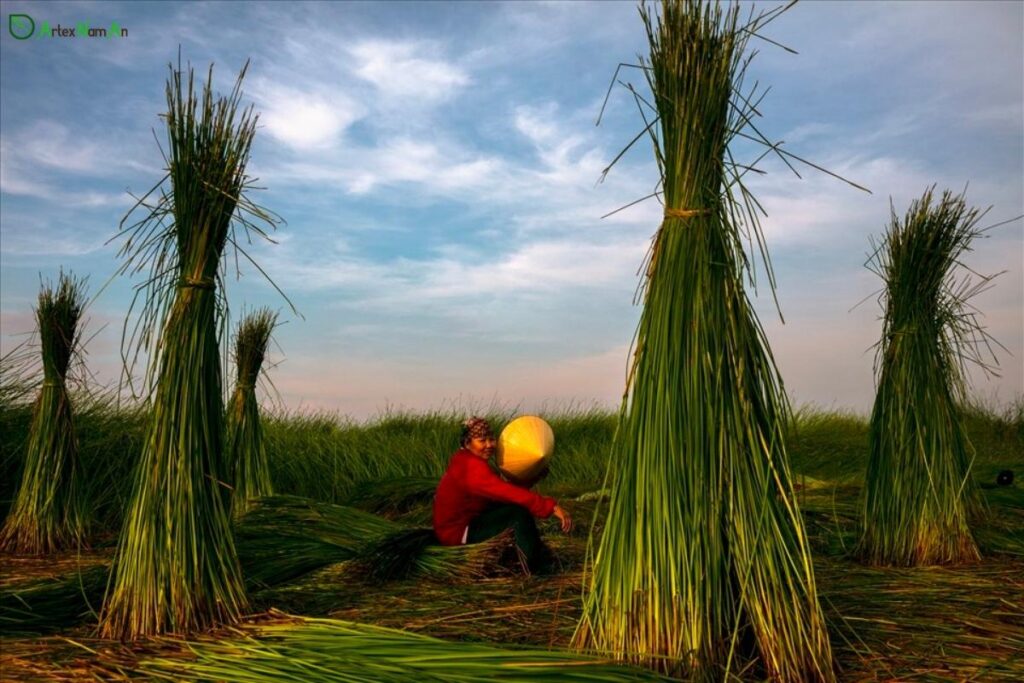

How to make seagrass baskets & wholesale home accent?
Seagrass is harvested by farmers in the specific season (often in May and October according to the lunar calendar). During the season, seagrass is split and dried until the right humidity is reached. Then, seagrass might be processed such as adding colors (dyeing) or making into ropes for further weaving. Well-processed seagrass will be utilized for mass production of wholesale home accent by local villagers or producing companies. Afterwards, producing companies take responsibility for cleaning and finishing the products.
Discover the process: How Seagrass Turns Into Wholesale Home Accent
What can be made from seagrass?
Seagrass for weaving can be made into a range of home goods wholesale – thanks to the tough, flexible property. Several main outcome products of seagrass can be named such as seagrass woven baskets, wicker planters, home decor and accessories wholesale, and woven seagrass lamp shades. The woven products are versatile and easy to use for many spaces and decor styles.
Seagrass, like many other natural materials, is susceptible to mold growth if kept in damp or humid environments or staying wet for an extended period of time. It also means that using seagrass homewares indoors in a dry, ventilated environment is typically preferable.
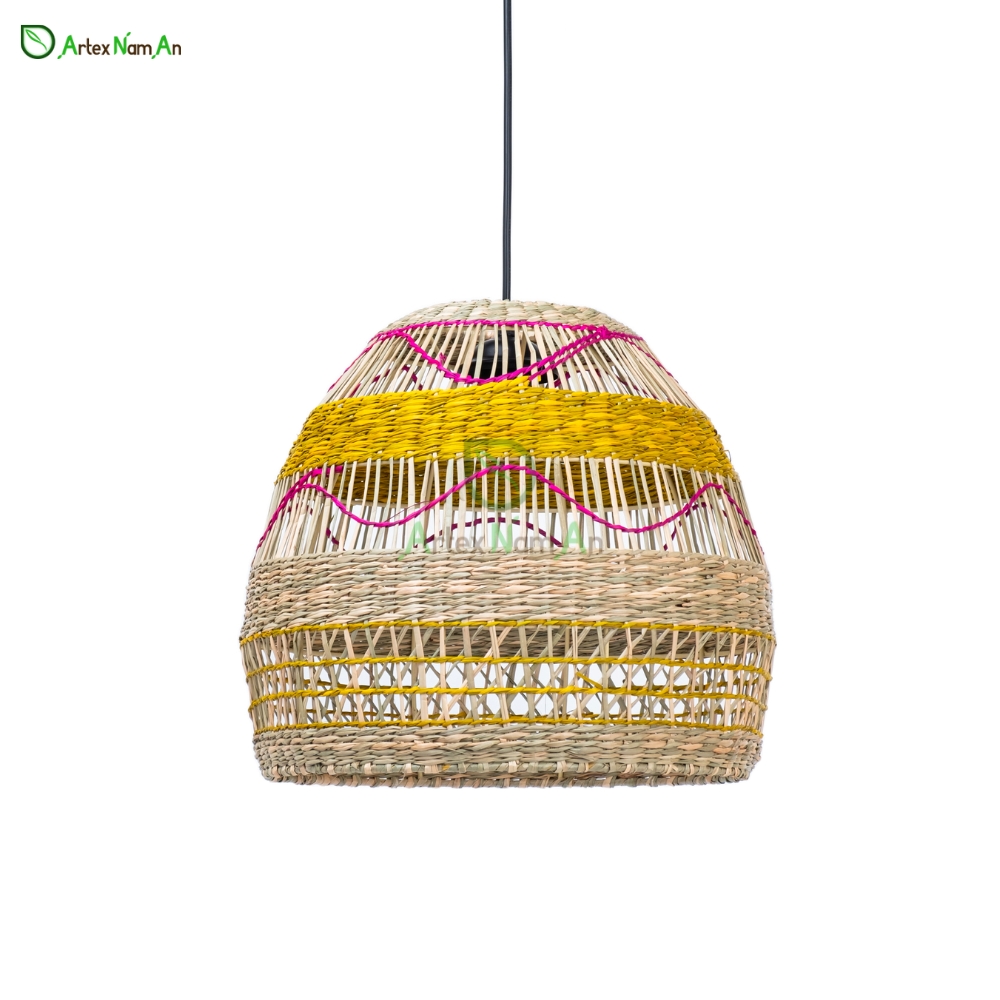

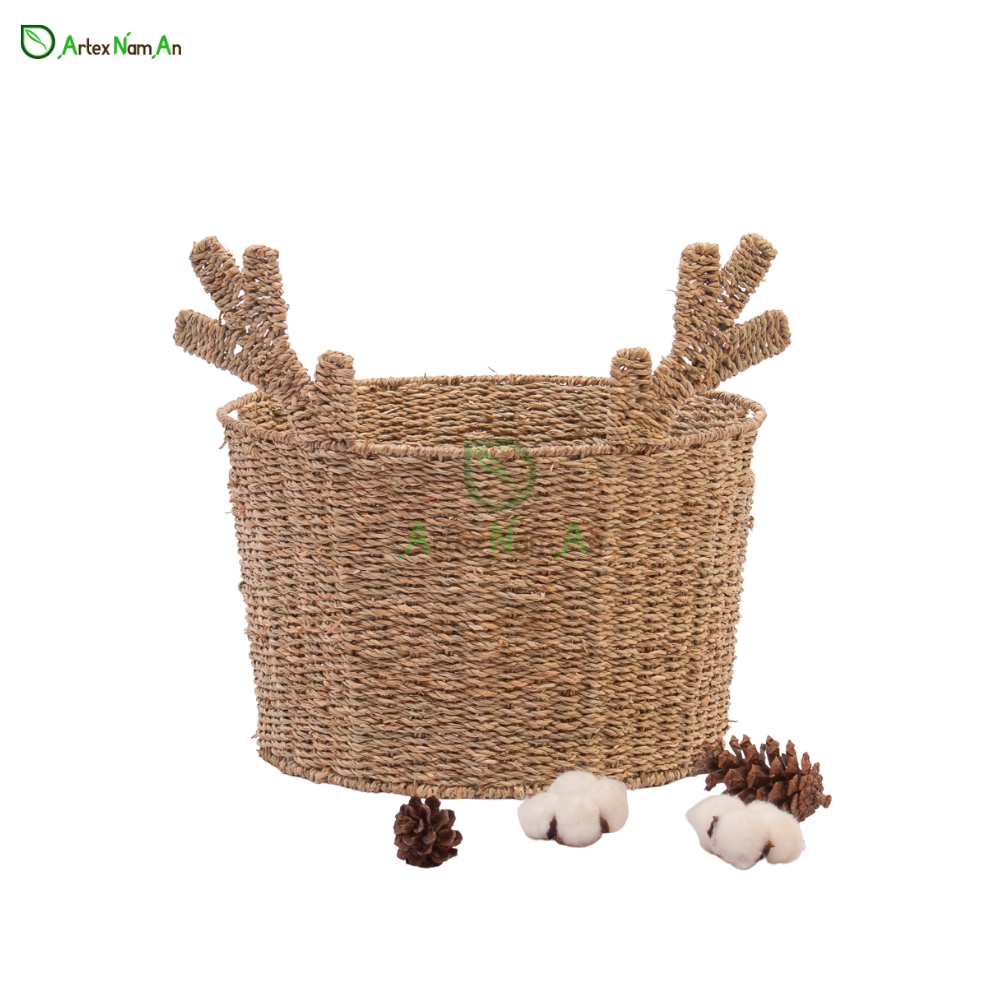

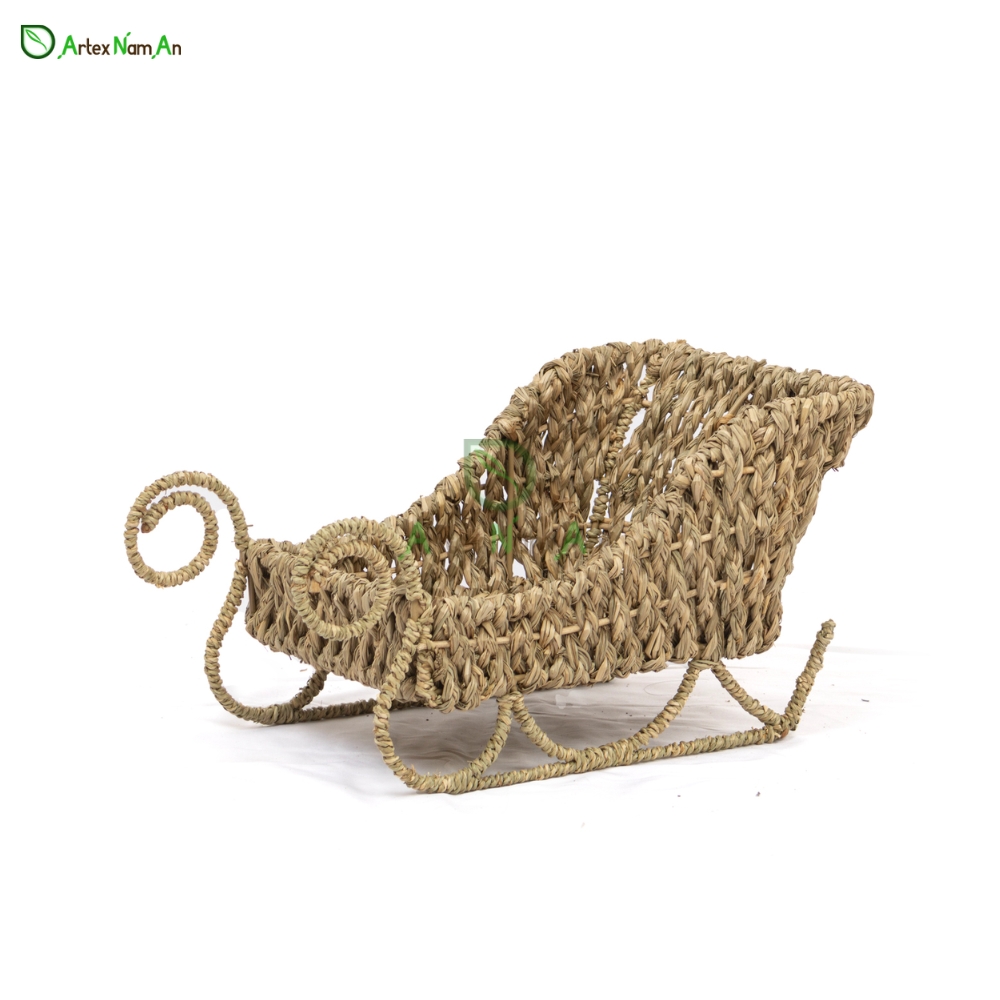

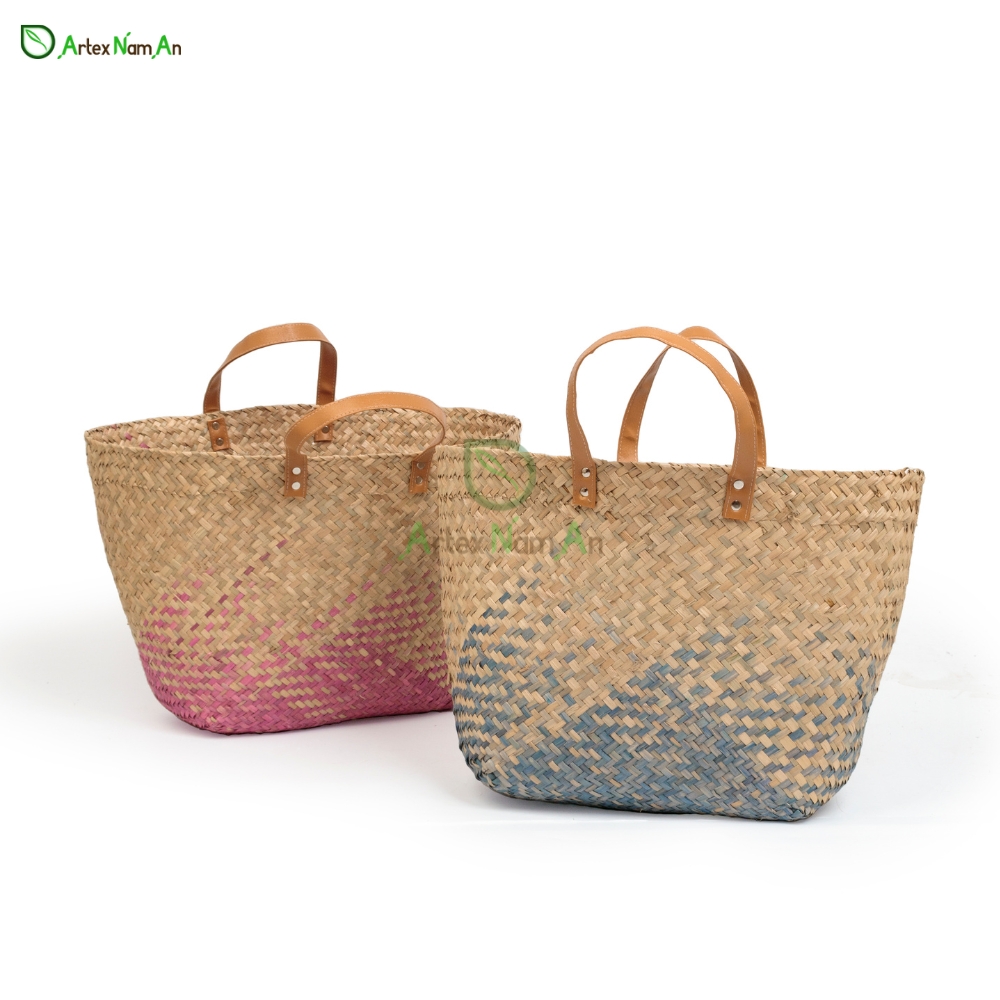



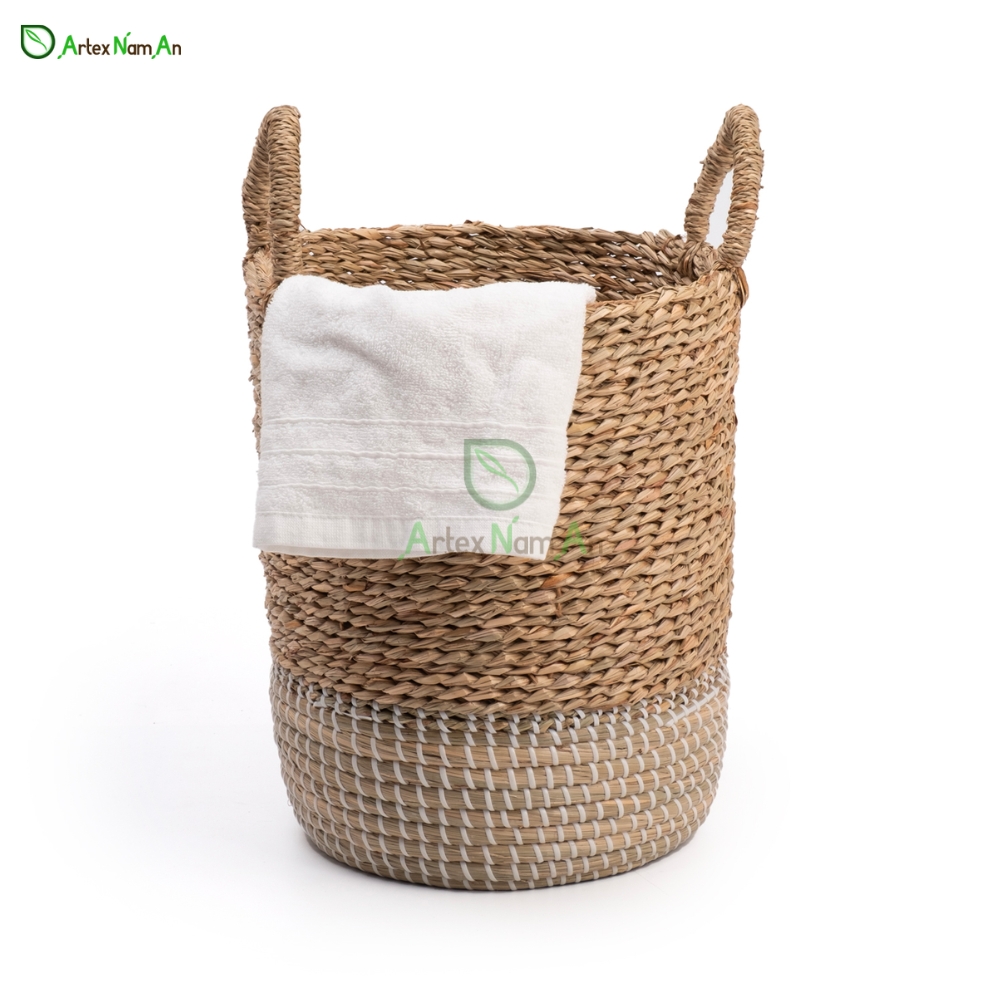

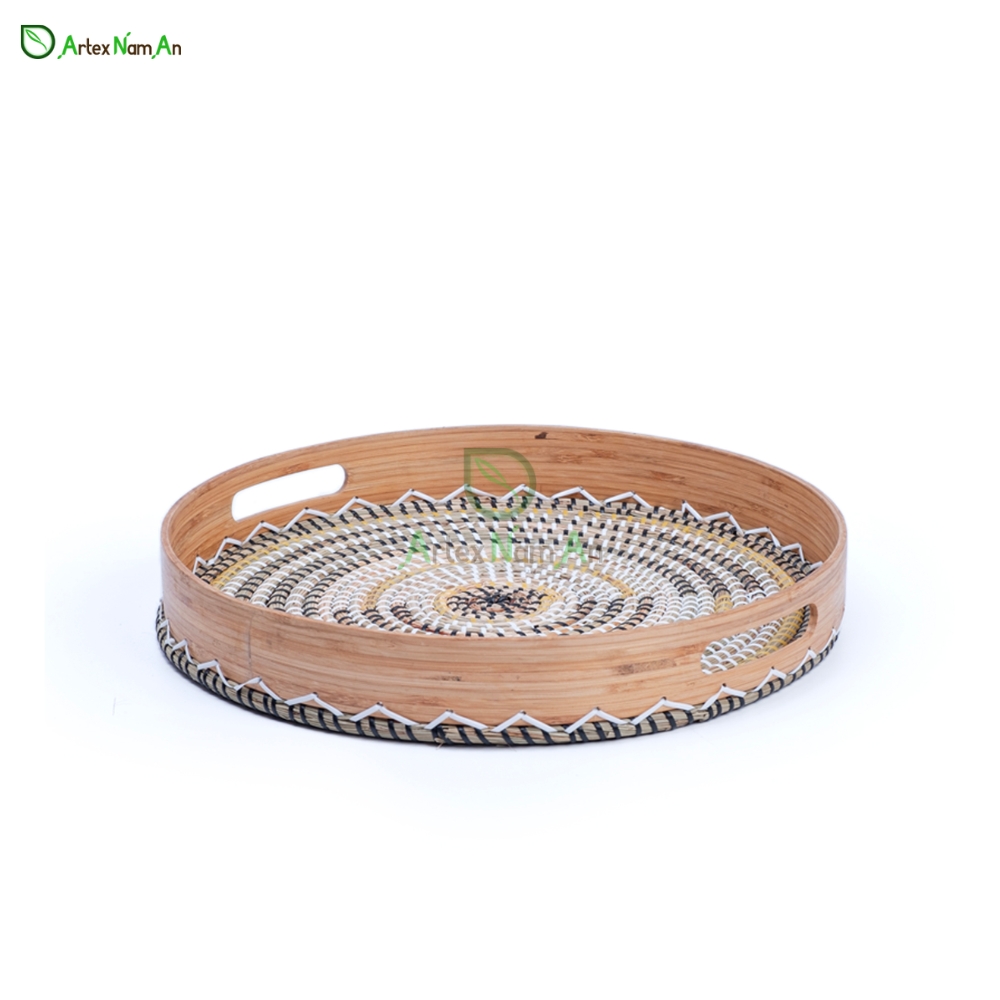

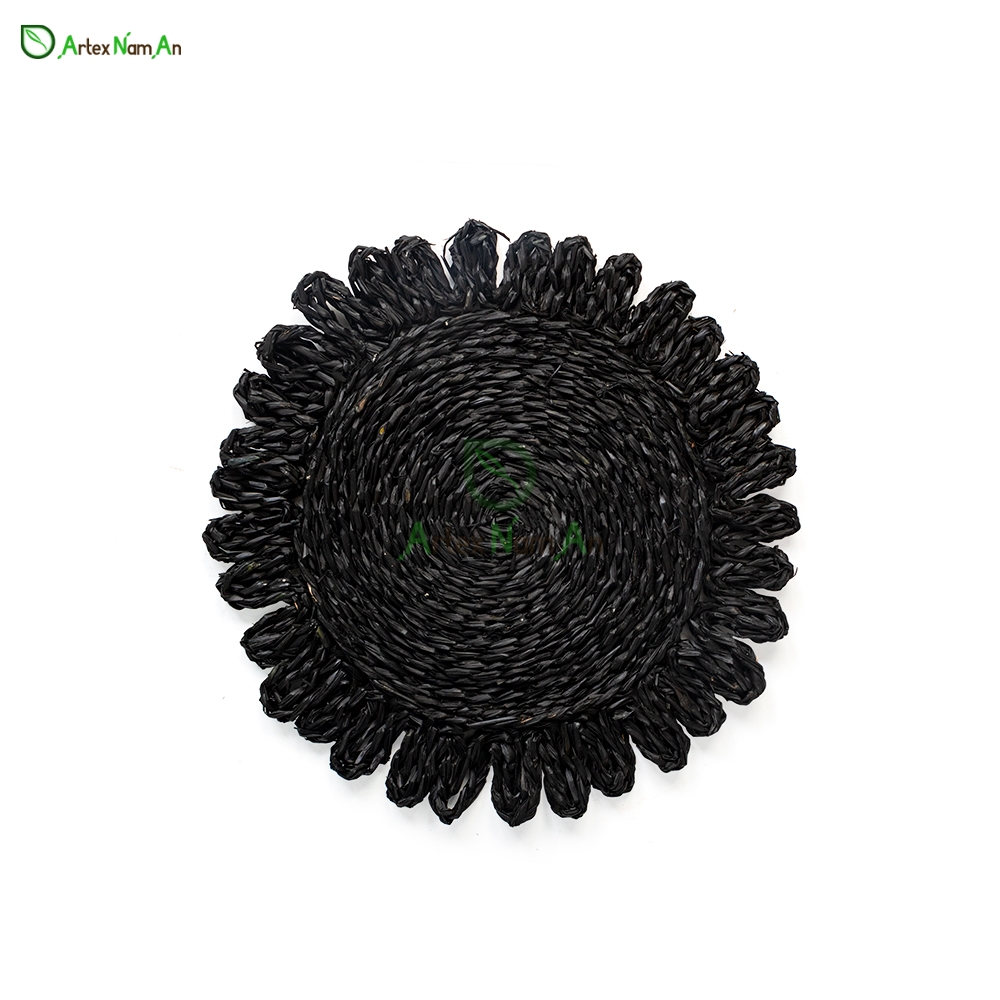



Conclusion
It is also easy to find a variety of wholesale home accent produced from the two materials in Vietnam. Their distinctive properties render each type functional, unique and suit specific tastes. Rattan vs seagrass – Which one do you love more?
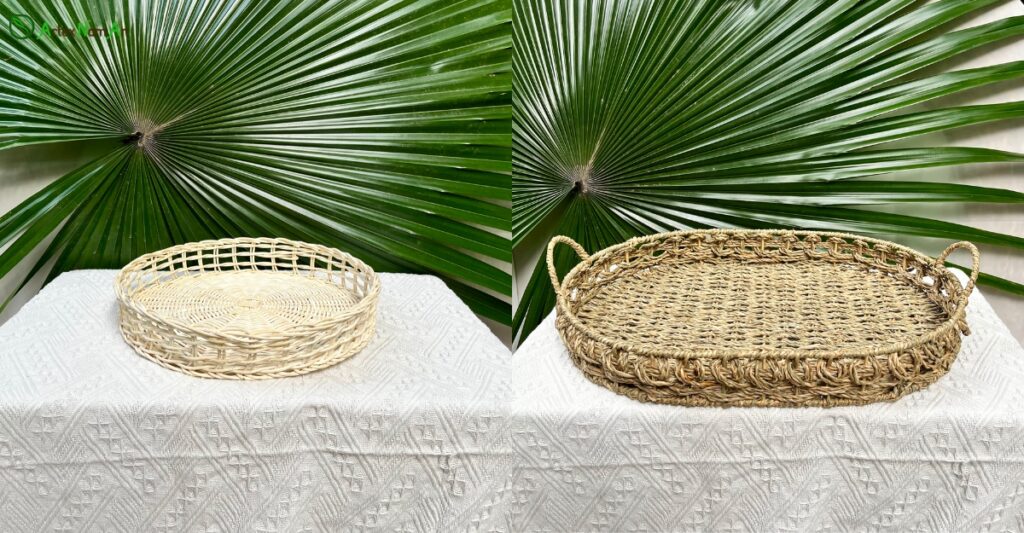
You may also be interested in
Top Differences Between Cane vs Bamboo In Home Industry
Read more...Jul
The Best Time To Order Eco-friendly Products Wholesale From Vietnam
Read more...Apr
FCL vs LCL Ocean Freight Shipping: Differences, Pros & Cons
Read more...Aug
What Is Wicker? – 10 Things To Know About Wicker For Weaving
Read more...Nov
6 Seagrass Weaving Styles For Eco-friendly Storage Baskets Wholesale
Read more...Apr
Inside Production: Making Colored Woven Baskets Wholesale
Read more...Nov